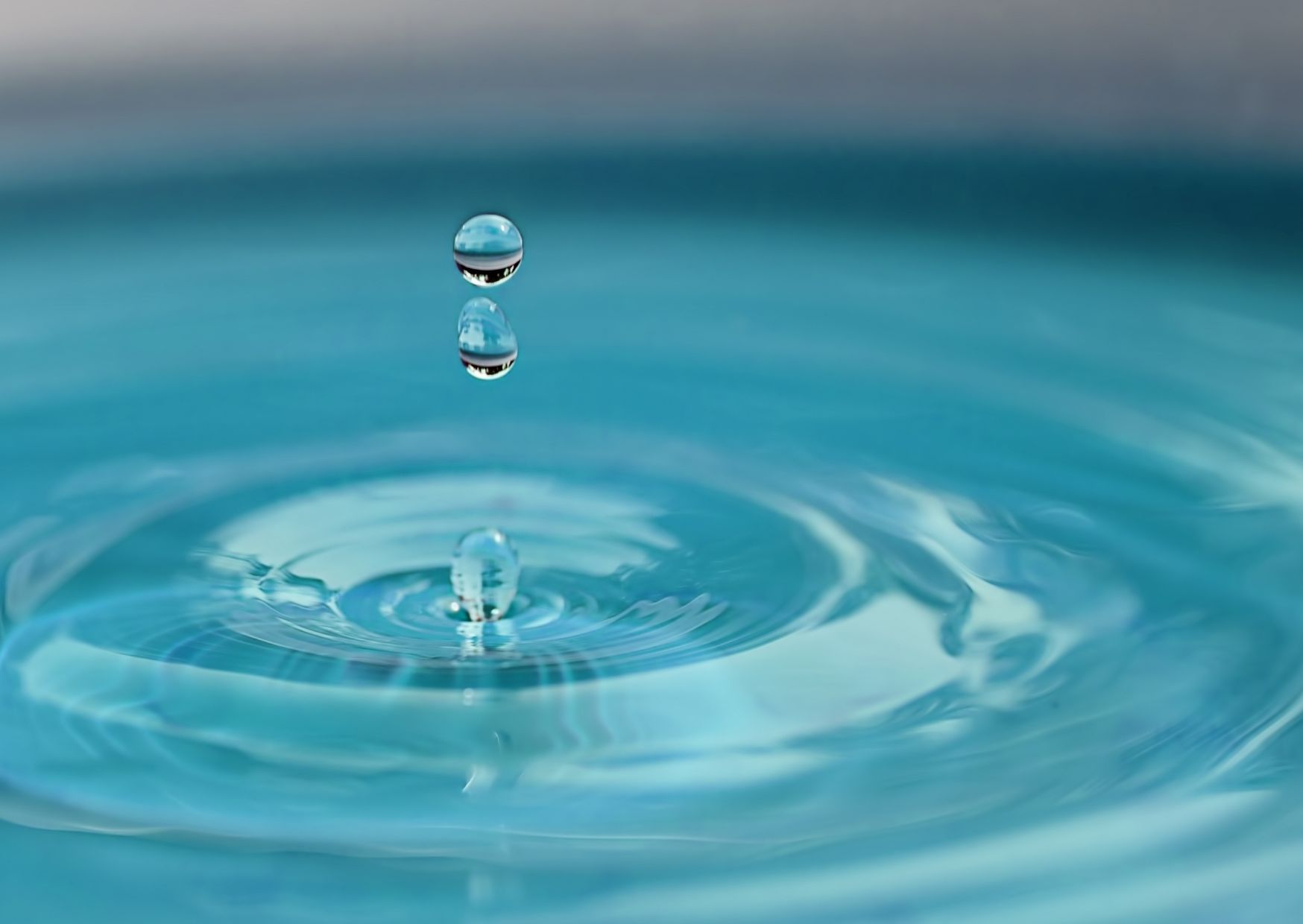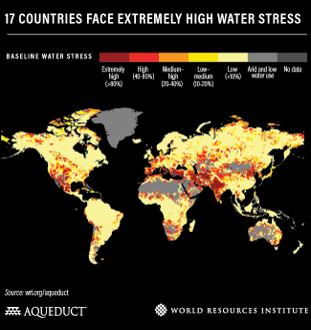In the report conducted (2019) by the World Resources Institute1 of the United Nations Global Compact, Chile is ranked 18th, placing it in the second level called "high water stress", thus positioning it as the country with the highest water scarcity in Latin America.
Chile treats more than 99% of its urban wastewater (41,000 L/s). Of the treated wastewater, 22% (>9,000 L/s) is discharged into the sea. The rest is reused directly or indirectly by discharge into rivers or lakes. In relation to this, it is necessary to advance in a business model to take advantage of the treated wastewater that is discharged into the sea, with which the same amount of fresh water could be obtained as with gray water in 20 years.
Today in Chile 8,000 L/s of desalinated seawater is produced in more than 20 desalination plants, located between the regions of Tarapacá and Valparaíso, which corresponds to almost 20% of the total potable water consumed in the country and is expected to double by 20303.
Desalination plants can generate water safely and constantly, without depending on rainfall, for human, industrial or agricultural consumption. The cost of desalinated water on the coast can vary between 1 and 3 $/liter and of this cost, half is due to the investment and half to the operational cost. This cost can increase up to three times or more, in case of driving the water very far from the coast and/or at high altitude3.
At present, there are about 1,897 RPA2 systems located throughout the country, which supply more than 99% of the population in concentrated rural areas, reaching approximately 1,740,639 inhabitants. According to studies conducted by FCR, there would be more than 300 wells that are outside the NCh 409 standard.
References:
1 https://www.wri.org/insights/17-countries-home-one-quarter-worlds-population-face-extremely-high-water-stress
2 https://doh.mop.gob.cl/APR/Materiales/Triptico%20Historia%20APR%202019act.pdf
3 https://www.acades.cl/wp-content/uploads/2022/07/Presentacion-ACADES-13-jul-2022.pdf

 Fraunhofer Chile Research
Fraunhofer Chile Research
